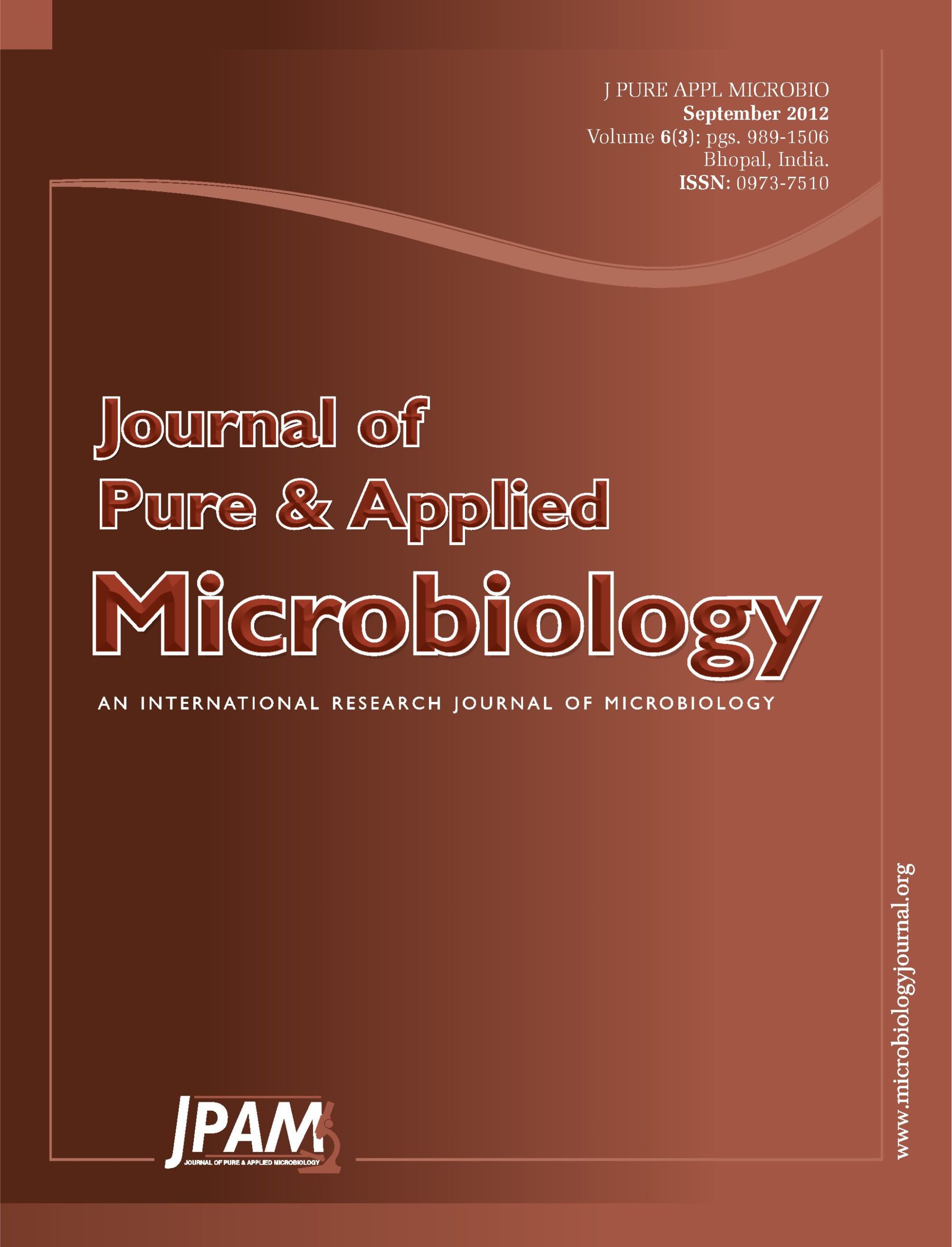West Nile fever is an emerging disease caused by West Nile virus (WNV) and gives rise to fever, rashes, including encephalitis or meningitis and fulminate hepatitis, which can be fatal. It was described as a serious disease with a strong influence on public health. In this study, WNV E protein was cloned and expressed and used as an immunogen for detection polyclonal antibodies against West Nile virus by indirect ELISA Method. The ELISA was conducted using an optimal concentration of antigen at 2 µg/mL and serum was diluted to 1:2 000, and the HRP secondary antibody was diluted to 1:8 000. The antigen coating was incubated at 37°C for 1 h, then at 4°C overnight. It was blocked by adding 10% fetal calf serum and the antigen with serum response time was 90 min. For second anti-serum, the enzymatic reaction time was 60 min, and the effect of substrate reaction at 37°C was 15 min. Through specific and reproducible tests repeated by indirect ELISA using 25 samples of chicken serum, the test results showed that chicken serum was negative at the West Nile virus and the critical value was 0.077. These results strongly suggest that the coating antigen of the recombinant E protein serve as a good source in the indirect ELISA method for the detection of WNV antibody and implementation methods for rapid diagnosis of WNV.
West Nile virus, E protein, Antibody, Indirect ELISA
© The Author(s) 2012. Open Access. This article is distributed under the terms of the Creative Commons Attribution 4.0 International License which permits unrestricted use, sharing, distribution, and reproduction in any medium, provided you give appropriate credit to the original author(s) and the source, provide a link to the Creative Commons license, and indicate if changes were made.


